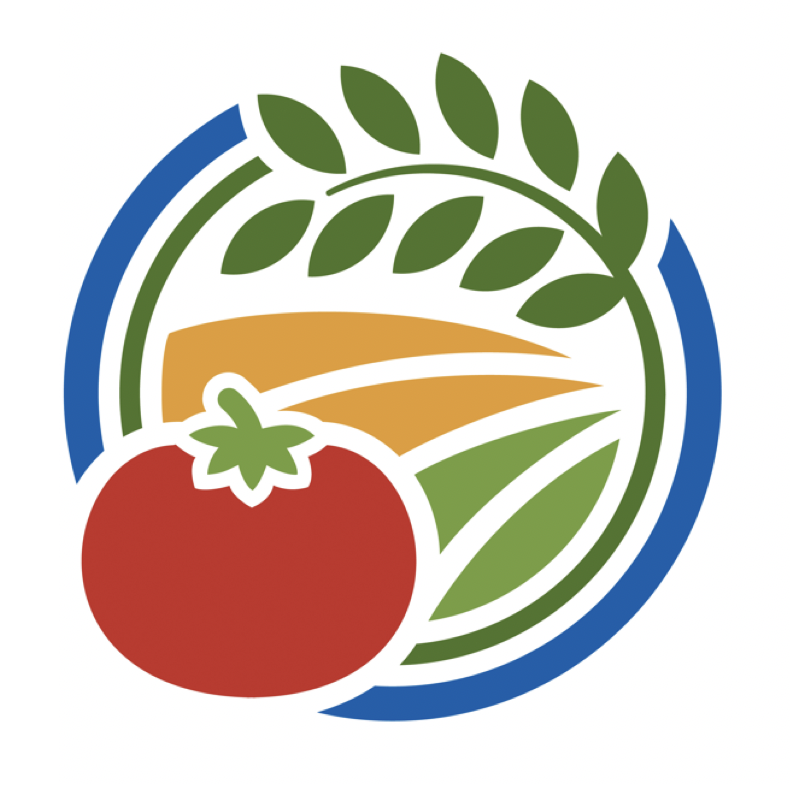UC SAREP Sustainable Agriculture & Food Systems Small Grants Program
2026-2027 Request for Proposals
PROPOSALS DUE: Wednesday, January 14th, 2026, 5:00 pm PST
The UC Sustainable Agriculture Research and Education Program is currently accepting proposals for our 2026-27 Sustainable Agriculture and Food Systems Small Grants Program. The program funds research, education and outreach, and planning projects that support the development of sustainable farming and food systems.
We are interested in projects that build the capacity of farming and food systems businesses and organizations to become reflective, adaptive learning organizations that can respond effectively to ecological, economic, and social change and disruption.
For information and to apply, please visit:
UC SAREP Small Grants Program 2026-2027
UC SAREP’s 2025-2026 Grant Recipients
We are pleased to announce the recipients of the Sustainable Agriculture and Food Systems 2025-26 Small Grants Program. Funds from this grant program are provided for planning, research and education projects that support the development of sustainable community food systems and environmentally-sound and economically viable farming enterprises.
This year’s request for proposals brought in 60 applications requesting $617,000. After the review process, 11 were selected for funding, together receiving nearly $110,000 to support their work strengthening California’s sustainable agriculture and food systems. The next annual small grant request for proposals is scheduled to be released in October.
Join us in congratulating this year’s grant recipients:
Sarah Miller, Acta Non Verba, to create and install educational signage, including a self-guided tour and educational video, at Acta Non Verba's West Oakland Farm Park.
Leah Galitzdorfer, Food Access LA, to provide culinary and nutrition classes for low-to-moderate-income households using fresh, locally grown produce from small and mid-sized farms.
Sabaa Shoraka, Oakland Kids First, to support high school student education in urban agriculture to plant, cultivate and harvest crops that thrive in East Oakland.
Josefina Lara Chavez, Regeneration - Latine Alliance in Agroecology and the Food System, to provide sales and marketing support, expanding economic opportunities for marigold sales for Latine farmers in California's Central Coast.
Stephanie Jordan, Sustainable Solano, to help residents in Solano County obtain or transition to operating a legal Micro-Enterprise Home Kitchen Operation or Cottage Food Operation.
Kitty Oppliger, UCCE-Central Sierra and Placer/Nevada, UC Agriculture and Natural Resources, to assess barriers and capacity in charitable food distribution programs to address food insecurity and food waste in California's Central Sierra region.
Julie Finzel, UCCE-Kern, UC Agriculture and Natural Resources, to conduct a cost study to determine the average business costs associated with operating a targeted grazing service business.
Elizabeth Fichtner, UCCE-Tulare, UC Agriculture and Natural Resources, to evaluate the influence of long-term climate trends on olive fruit fly pressure and develop a new IPM web app for predicting risk of olive fruit fly.
Danielle Klawitter, University of California, Santa Cruz, to investigate inter-row cover cropping with deep-rooted perennial grasses for bio-tillage, soil health and agroecosystem benefits.
Igor Lacan, UCCE-San Mateo/San Francisco, UC Agriculture and Natural Resources, to provide disadvantaged youth in San Mateo and San Francisco counties with engagement and education in safe, healthy and sustainable food preparation and preservation practices.
History and Past Grant Recipients
From 1987 to 2012, and resuming in 2020, the program has funded nearly $9 million in research projects, education and demonstration programs of research-based technologies and systems, and projects that support the development of sustainable community food systems.
Our past grant recipient database is currently under redevelopment as part of the UC ANR transfer to the Integrated Web Project. Pleaese check back for updates in the future.
Subscribe to our newsletter to receive alerts about future funding opportunities. SUBSCRIBE
